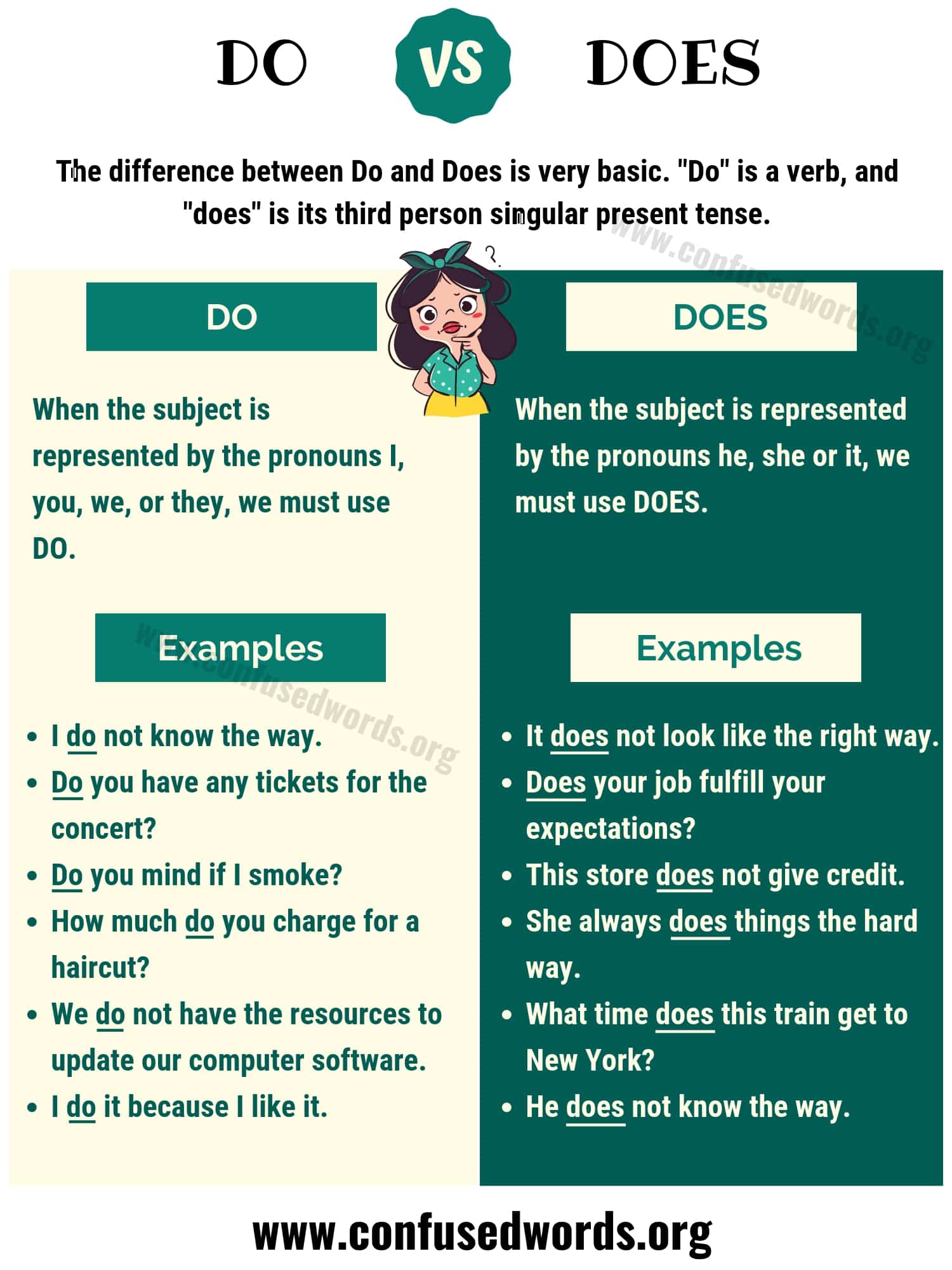Understanding the Difference Between Arts and Crafts: Concepts, Practice, and Real-World Applications
Introduction: Navigating the Distinction Between Arts and Crafts
The difference between arts and crafts has been a subject of conversation among creators, historians, and educators for centuries. While the terms are often used interchangeably, a deeper analysis reveals distinct qualities, purposes, and approaches. This article provides a comprehensive exploration of what sets art and craft apart, why the distinction matters, and how you can apply these insights to your own creative journey.
Defining Art and Craft: Conceptual and Practical Foundations
Art is commonly understood as a means of expressing emotions, ideas, or visions. It is less about technical execution and more about the concept and intention behind the work. The creative process in art is often open-ended, with no prescribed boundaries or limitations. Artworks such as paintings, sculptures, and installations are designed to provoke thought, evoke feelings, or challenge perspectives. The merit of art is typically judged by its originality and the depth of its conceptual foundation [2] , [5] .
Craft , on the other hand, is defined by skillful execution and mastery of technique. The process is structured, often with a clear vision of the finished product before beginning. Craftspeople focus on precision, utility, and the perfection of their chosen medium, creating tangible objects such as pottery, quilts, jewelry, or furniture. The value in craft lies in the ability to replicate a process to produce consistent, high-quality results [1] , [2] .
Historical Perspectives: How Art and Craft Diverged
The distinction between art and craft has roots in Western history, particularly during the Renaissance. Prior to this era, creators of objects-whether paintings, sculptures, or utilitarian items-were considered artisans, not artists. Renaissance Humanism elevated the status of painters and sculptors, separating them from craftspeople. Non-Western cultures, by contrast, have long embraced a holistic approach, viewing all creative output as part of their visual culture without rigid boundaries [3] , [4] .
Today, the lines are increasingly blurred. Modern artists often incorporate craft techniques into their work, and craftspeople push the boundaries of their medium to create pieces that evoke artistic contemplation. Museums and galleries now feature quilts, ceramics, and woodwork alongside traditional paintings and sculptures [4] .
Core Differences: Purpose, Process, and Outcome
The essential differences between art and craft can be summarized as follows:
- Purpose : Art aims to express ideas or evoke emotion; craft focuses on function and utility.
- Process : Art is often unstructured and innovative; craft is structured and technique-driven.
- Outcome : Art produces unique, irreplicable works; craft results in tangible, often reproducible products [2] .
For example, a painter might create a canvas to express a personal vision, while a ceramicist may produce a set of identical bowls designed for everyday use. Both require creativity, but the intent and process differ significantly.
Real-World Applications and Case Studies
Consider the work of a watchmaker, classified as a craftsperson due to the precision and skill required for each piece. The process is meticulously planned and executed, with each component serving a functional purpose. In contrast, a contemporary artist may use watch components to create a sculpture, focusing on the conceptual message rather than utility [1] .

Source: jagranjosh.com
Another example is the making of quilts. Traditionally, quilts were crafted for warmth and utility, but many contemporary textile artists use quilting techniques to tell personal or social stories, blurring the lines between craft and art [4] .
Step-by-Step Guidance: How to Engage in Arts and Crafts
If you wish to explore either art or craft, consider the following steps:
- Identify Your Intent : Are you seeking to express an idea, emotion, or story (art), or to master a technique and produce a functional object (craft)?
- Choose Your Medium : Research materials and tools that align with your chosen discipline. For art, this may include paints, canvas, or digital software. For craft, look into clay, fabric, wood, or metal.
- Develop Skills : Attend workshops, take online courses, or join local classes. Many community colleges and art centers offer both art and craft programs. Search for “art classes near me” or “craft workshops in [your city]” to find local opportunities.
- Create Regularly : Dedicate time to practice and experiment. For crafts, repetition builds skill. For art, experimentation develops your unique voice.
- Connect with Communities : Join local or online groups to share your work, receive feedback, and find inspiration. Organizations such as the American Craft Council or local art guilds may offer resources, exhibitions, and mentorship.
- Showcase Your Work : Participate in exhibitions, local artisan markets, or online platforms. Many galleries and museums feature both art and craft-research their submission guidelines for opportunities.
Note: For verified opportunities, visit official websites of organizations like the American Craft Council or search “art galleries in [your area]”. Always confirm the legitimacy of events and organizations before registering or submitting your work.
Challenges and Solutions in the Arts and Crafts Landscape
One of the main challenges is overcoming stereotypes-art is often seen as high culture, while craft is considered utilitarian. This perception can affect funding, recognition, and opportunities. To address this, advocate for the value of both through education, public exhibitions, and participation in interdisciplinary projects.
Another challenge is skill development. While craft can often be taught and refined through practice, art may require mentorship to nurture creative confidence. Seek out community workshops, mentorship programs, and online resources. If you encounter barriers, consider alternative approaches such as collaborative projects or volunteer work in arts organizations.
Alternative Approaches: Bridging Art and Craft
Many practitioners now combine artistic concept with craft technique. For instance, mixed-media artists use traditional craft methods to create contemporary art, while designers incorporate artistic vision into functional products. Explore interdisciplinary courses or makerspaces, which often support both approaches.
If you prefer self-study, look for online tutorials, books, and community forums. Search for keywords like “mixed media art techniques” or “modern craft trends” to find current resources.

Source: jagranjosh.com
Summary: Key Takeaways and Next Steps
The distinction between arts and crafts is nuanced and evolving. While art emphasizes expression and originality, craft prioritizes technique and functionality. Both require creativity, dedication, and skill. Whether you identify as an artist, a craftsperson, or both, there are abundant resources and communities to support your growth. To get started, clarify your goals, select a medium, seek educational opportunities, and connect with others in the field.
References
- [1] Wentworth Galleries (2025). Art and Craft, What’s the difference?
- [2] Fantasy Author’s Handbook (2016). ART VS. CRAFT.
- [3] Khan Academy (2024). Is there a difference between art and craft?
- [4] Laura Morelli (2014). Is there a difference between art and craft? (YouTube Video)
- [5] Eden Gallery (2021). Art vs Craft: What’s the Difference?
MORE FROM 9scholarships.de













